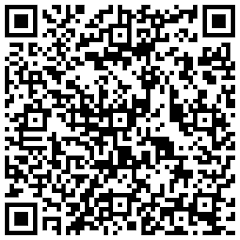Layout change events are generated when the screen size or layout is changed. The S60 platform supports multiple screen resolutions[also called as "Scalable UI"]. Thus, layout awareness is particularly crucial for those applications to reorganize the position as required. Applications can detect the changes in layout with, for example, the following methods:
1. Controls can override the CCoeControl::HandleResourceChange() to detect the KEikDynamicLayoutVariantSwitch message.
The following example code for HandleResourceChange():
void CMyControl::HandleResourceChange(TInt aType)
{
CCoeControl::HandleResourceChange(aType); //call base class implementation
if ( aType==KEikDynamicLayoutVariantSwitch )
{
TRect rect;
// ask where container's rectangle should be
// EMainPane equals to area returned by
//CEikAppUi::ClientRect()
AknLayoutUtils::LayoutMetricsRect(AknLayoutUtils::EMainPane,rect);
SetRect(rect);
}
}
2. UI controllers can override the CEikAppUi::HandleResourceChangeL() to detect the KEikDynamicLayoutVariantSwitch message.
The following example code for HandleResourceChangeL():
void CExampleAppUi::HandleResourceChangeL(TInt aType)
{
CAknAppUi::HandleResourceChangeL( aType );
if ( aType == KEikDynamicLayoutVariantSwitch )
{
// do the re-layout of the components
}
// Controls derived from CCoeControl, handled in a
// container class
iExampleControlContainer->HandleResourceChange( aType );
//Must not call this if the components are on the control stack
//iView->HandleResourceChangeL( aType );
}

![Forum Nokia Champion [2007-2008][2008-2009][2009-2010]](https://champion.forum.nokia.com/static/pics/logo_fn_champion.gif)

No comments:
Post a Comment